Trauma From WW2
During WW2, Japan initially secured the resource-rich Southeast Asia, including the vital oil fields, but eventually failed to supply them to the Japanese home islands.
This was due to relentless attacks by American submarines and aircraft, absolutely obliterating Japanese merchant ships.
Of course, Japan didn’t sit idly by, watching their sea lanes being destroyed, but the Imperial Japanese Navy was slow in responding to the threat, as they had not invested much in their escort fleet.
The escorts protecting the convoys were usually second-class destroyers, handed down from the frontline units. By the time new escort frigates started to arrive, the US submarines were already wreaking havoc for quite a while.
Sadly, the mass-production of escort frigates didn’t alter the situation much, as Japan fundamentally lacked the proper equipment for anti-submarine warfare. Sure, they had sonar, radar and depth charges, but these were at a rudimentary level compared to those used by the Allies.
The slow reaction and lack of investment resulted in its incapability to effectively cope with enemy submarines, which Japan paid a high price for.
Consequently, Japan lost over 2,500 merchant and transport ships throughout the war, equivalent to 88% of its prewar fleet.
The world’s third largest merchant fleet was literally wiped off from the surface, though the number grows exponentially if we include fishing vessels and other small ships.
Taking all types into account, Japan lost a staggering 7,000 ships in total, amounting to a crazy 8 million tons.
This is accompanied by over 60,000 deaths in crew members alone, which is converted to a 43% fatality rate, surpassing that of both the army and navy’s KIA ratio.
The Navy was also heavily hit by submarine attacks, losing major capital ships like the Battleship “Kongo” and Carriers “Shokaku” and “Shinano,” not to mention many more cruisers and destroyers.
While the Navy can be blamed for their own losses, since they didn’t invest enough in anti-submarine warfare, the Army was completely the victim.
Apart from the aforementioned crew members, countless Army soldiers went down with the transports, as they were attacked at sea during their voyage to either reinforce other garrisons or return home.
As the war entered its final year, things got to worst point for Japan, with the mainland being cut off from outside resources, thereby triggering a famine.
US submarines were so unopposed, they even surfaced right off the coast to shell the local towns.
Such experience was so tragic and humiliating, it is deeply carved into the memory of postwar Japan’s Navy – the Japanese Maritime Self-Defense Force (JMSDF).
Therefore, it is no surprise for JMSDF to immensely devote themselves to anti-submarine warfare, in order to never repeat such tragedy again.
This is why JMSDF absolutely prioritized hunting submarines, but their role as supporting the US Navy during wartime also propelled the effort.
Throughout the Cold War, JMSDF was practically an auxiliary fleet of the US 7th Fleet stationed in Japan, focusing on anti-submarine warfare and minesweeping operations.
By clearing the area of enemy submarines and sea mines, they were to assist the US Navy in assuming offensive operations. In other words, JMSDF was expected to take on enemy submarines while the US Navy carried out their role as the spear.
Insane Level Of Weapons
In order to accomplish the goal of eradicating enemy submarines, JMSDF has maintained an impressive fleet of patrol planes for round-the-clock surveillance of surrounding waters.
They fielded over one hundred P-3Cs, which is second only to the US, but unlike the US Navy who had to globally disperse their 200 units, JMSDF could dedicate all 100 units solely towards Japanese waters.
Such concentration of patrol planes to a limited area is insane, making it more than enough for a 24-7 surveillance system. It is said that Japan knew the location of every submarine in East Asia, contributing to the containment of the Soviet Pacific Fleet.
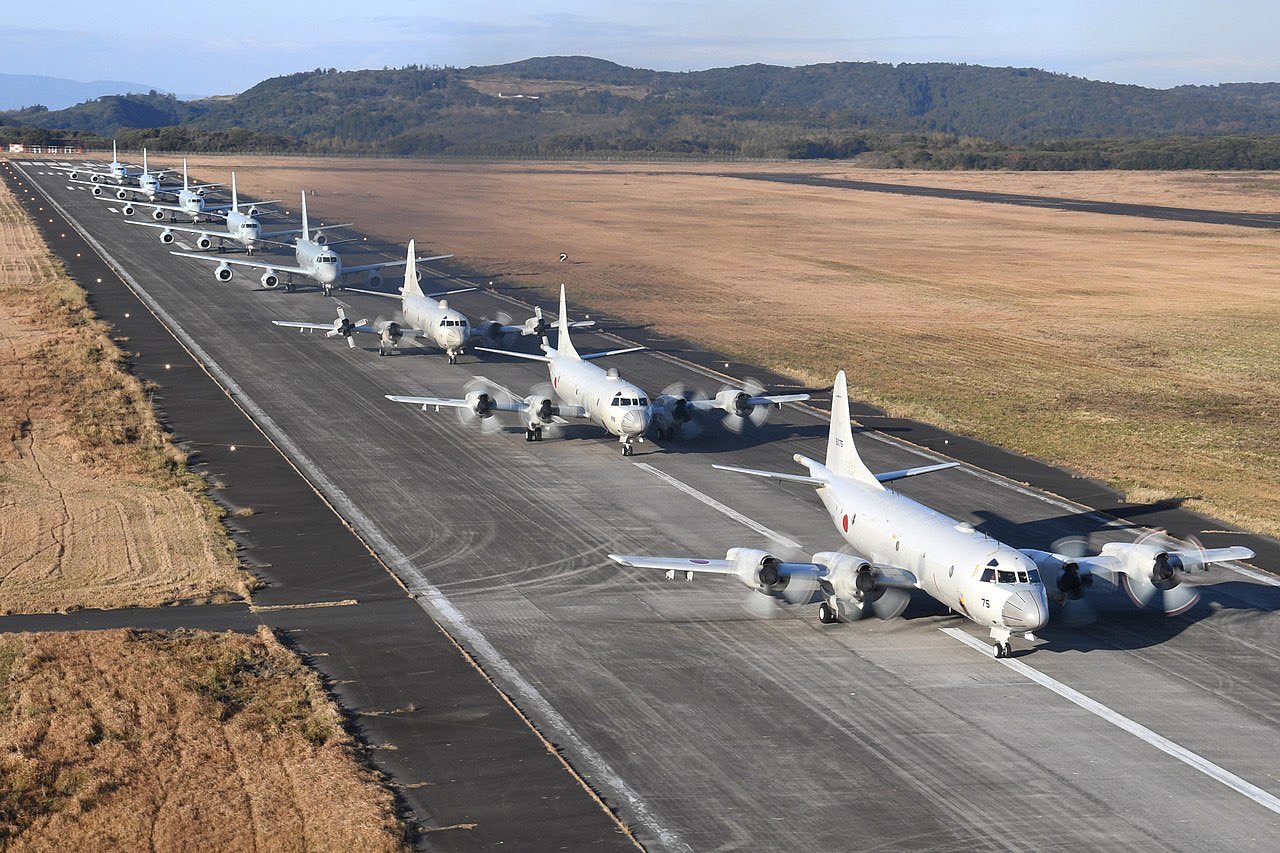 Fleet of patrol planes (photo: JMSDF)
Fleet of patrol planes (photo: JMSDF)
Today, JMSDF’s P-3Cs are being replaced by the more advanced, domestically developed P-1 patrol plane. Although the number will fall from 100 to 70 units, the overall capability will be maintained thanks to the P-1’s enhanced skills.
Japan also operates around 80 patrol helicopters of the SH-60 series, and has even constructed four helicopter carriers for their efficient operation, as well as making sure at least one floating air base is available at all time.
Using these modern military assets, JMSDF will detect and pursue enemy submarines near Japan, now matter how long its takes.
After persistently chasing the enemy, they will eliminate it with overkill torpedoes which are armed with HEAT warheads normally used against armored vehicles.
Sure, modern submarines employ a multi-layer hull to boost safety. But in an underwater environment where minor damage can become fatal, being struck with HEAT warheads will certainly result in death.
From these facts alone, we can feel JMSDF’s absolute hatred towards submarines.
Training With The Best
While JMSDF displays a formidable arsenal of anti-submarine weapons, their true capabilities are supported by the rigorous training.
It is no secret that JMSDF’s surface fleet and aviation units have constantly strived to improve their already impressive submarine hunting skills. But, such training would not be possible without an opponent.
Luckily, JMSDF has the luxury to train against their own highly sophisticated submarines, who are often considered as the best in the conventional realm (non-nuclear powered).
Needless to say, playing hide-and-seek with an extremely elusive, stealthy opponent naturally elevates your own skills as well, benefiting both sides in the end.
 Japanese submarines are the best? (photo: JMSDF)
Japanese submarines are the best? (photo: JMSDF)
As a result, JMSDF has been able to frequently update both their anti-submarine and submarine warfare capabilities, thanks to having the best conventional submarine fleet.
This has led many military experts to suggest that, when limited to anti-submarine warfare, JMSDF is likely to surpass even the US Navy.
Recent Concerns On Skills
That being said, JMSDF’s superb hunting skills are not immune to problems.
The last 30 years has seen new missions being added to the table, including ballistic missile defense, anti-piracy duties, international cooperation, and amphibious operations for island defense.
Meanwhile, they have also introduced the new “Asahi-class” destroyers designed for hunting submarines, as well as the “Hyuga-class” helicopter carriers.
But, the scope of activities have significantly widened, with JMSDF operating as far as the Indian Ocean, despite having their overall size and personnel unreinforced.
Obviously, this is constraining the organization both resource and time wise, since more duties lead to less focus on certain areas, which, in this case would be anti-submarine training.
To make matters worse, the growing threat of China has forced Japan to convert their “Izumo-class” helicopter carriers into a light carrier capable of operating F-35B fighters.
Such change not only further complicates JMSDF’s burden, but also reduces the anti-submarine capability at a considerable degree. After all, it is equivalent to losing two carriers that were suppose to carry patrol helicopter squadrons.
With more burden imposed on the already-strained the anti-submarine units, concerns are being raised regarding fatigue and faltering skills as a result. Indeed, some tragic accidents have been attributed to human error, which is assumed to be fatigue-related.
This is quite concerning, to say the least, when the prospect of a Chinese invasion against Taiwan is looming.
In an event of a Taiwan contingency, submarine warfare will be one of the key factors, and Japan is expected to militarily contribute as per the US-Japan alliance.
Unlike the Cold War era, JMSDF now possess limited strike capabilities, and the clear distinction between Japan and the US in their respective roles as the shield and spear is no longer.
So, JMSDF will take on a larger role in the near future crisis, not restricting its role to submarine hunting and minesweeping, but rather fight alongside their US counterparts.
Nevertheless, the fundamental role of assisting the US Navy remains unchanged, and JMSDF is required more than ever to identify and hunt down enemy submarines in wartime.
With new missions, growing threats and lack of sailors, JMSDF’s capability as the ultimate “submarine hunter” is being questioned, putting their identity and reputation at stake.

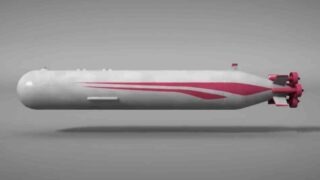
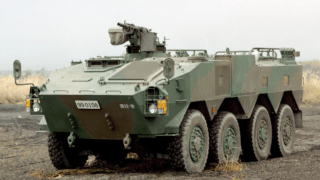
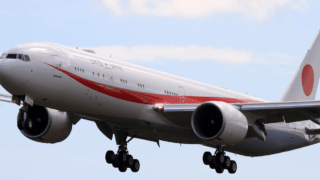

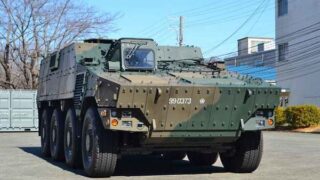
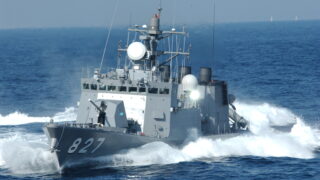
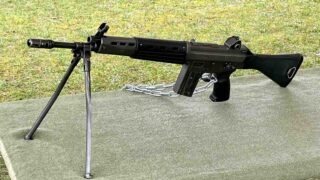

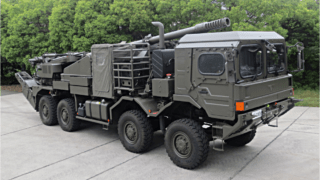
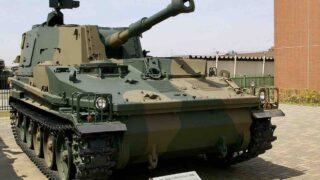

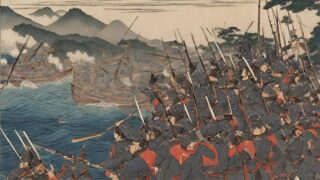

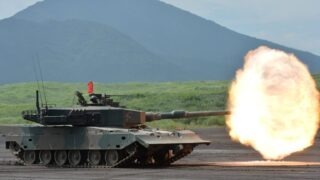
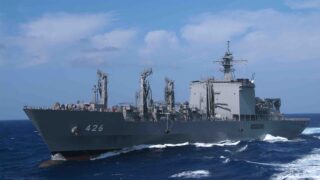

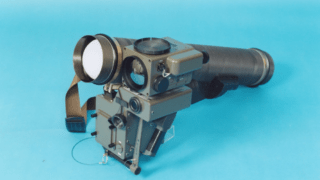
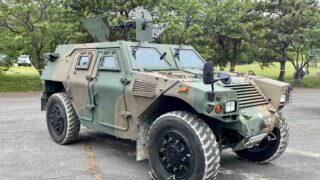
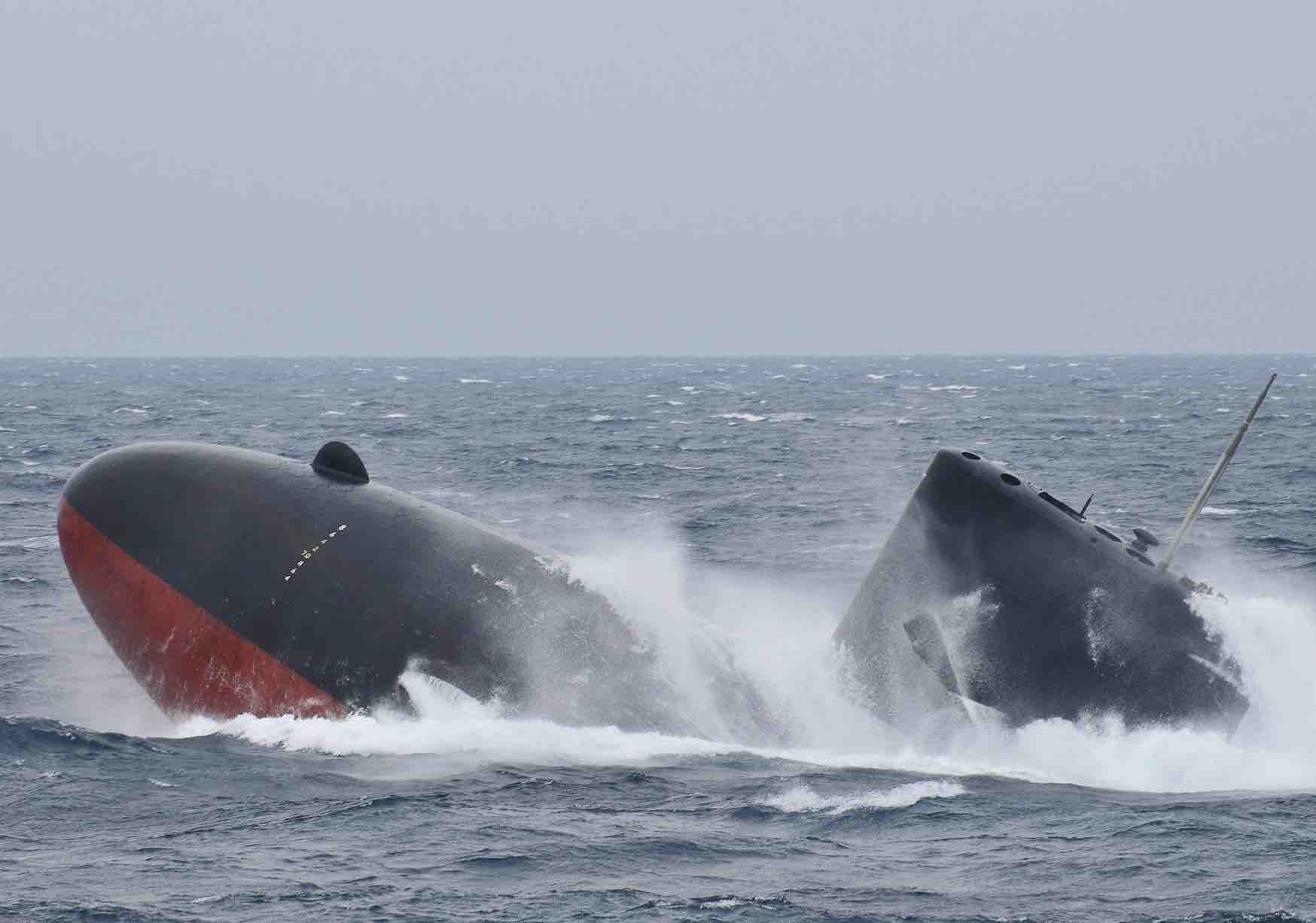
Comments